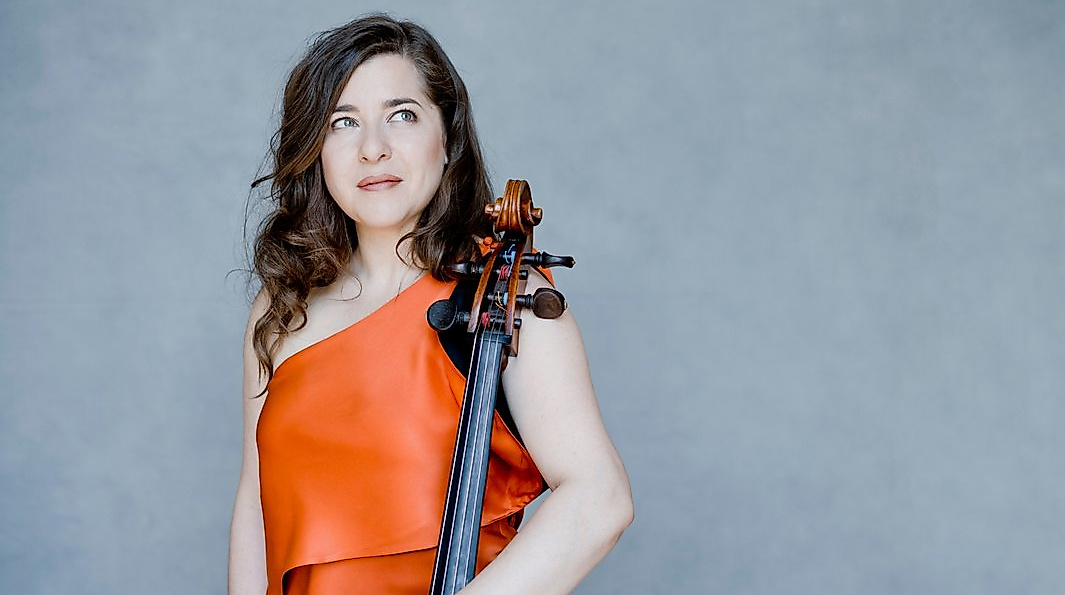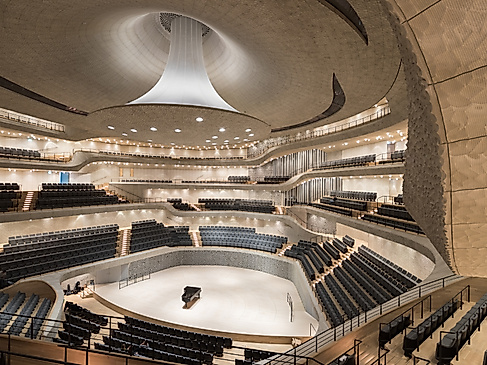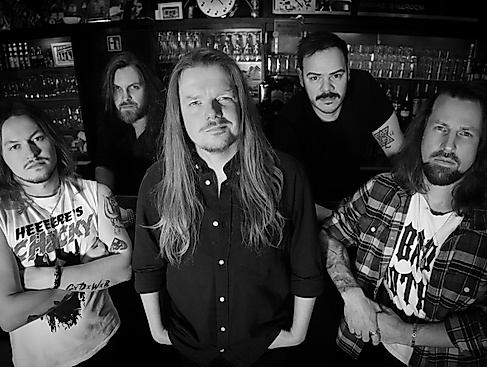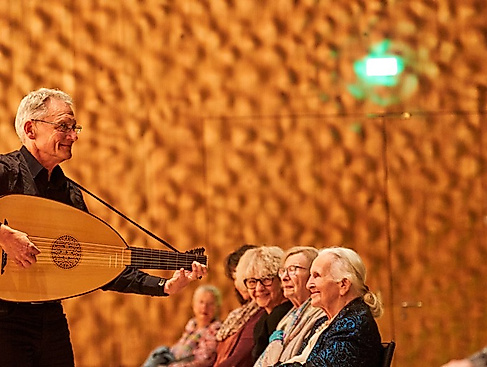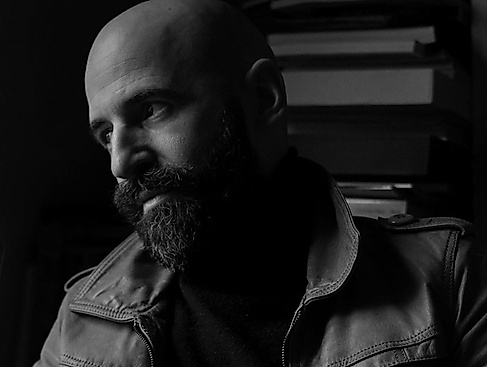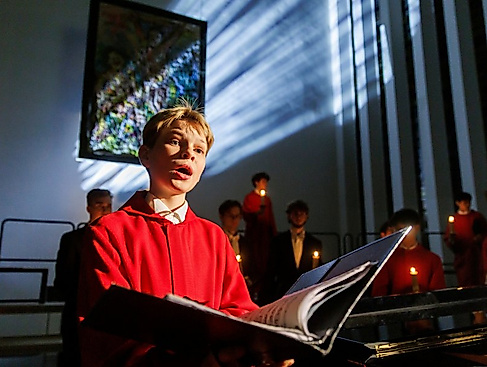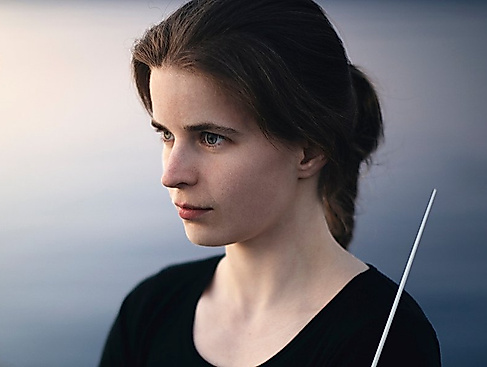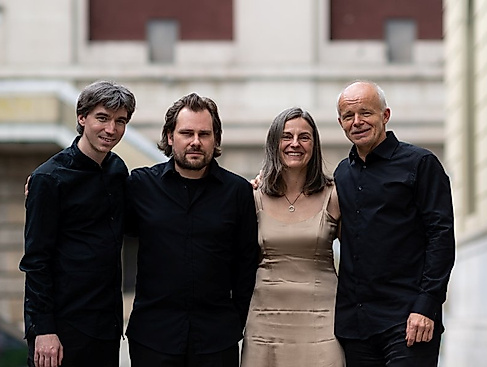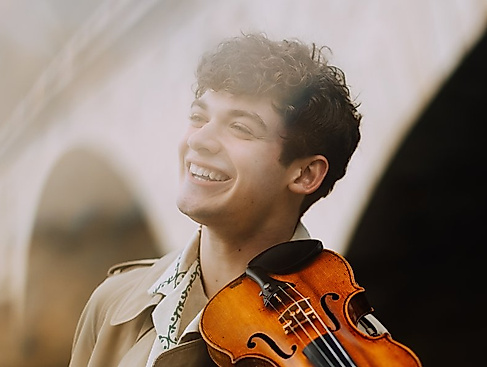Alisa Weilerstein is »reminiscent of an earlier era of classical performers,« the New York Times once wrote, »she is not content to serve as a vessel for the composer’s wishes, but takes a piece completely into herself and makes it her own.« And the American star cellist does not limit herself to the standard repertoire! For her return to the NDR Elbphilharmonie Orchestra under the baton of principal conductor Alan Gilbert, Weilerstein is now taking on a piece that few people have probably ever heard in a concert hall: Benjamin Britten’s Symphony for Cello and Orchestra. As the title suggests, solo and orchestra are closely interwoven in this four-movement work. Together, they find the musical path from darkness to light: composed in 1963 for the famous Mstislav Rostropovich, Britten reflects on the horrors of the Second World War in his concertante symphony, but also spreads hope in the finale. »The best thing ever composed for cello,« Rostropovich said simply and movingly.
The conciliatory thread from the end of the Cello Symphony is picked up after the interval by the seemingly unreservedly cheerful orchestral symphony: with its relaxed mood and songlike, lyrical themes, Johannes Brahms’ Second Symphony in D major is often referred to as the composer’s »Pastoral«. What a contrast to his painstakingly wrought First Symphony! Yet despite its charm, this work – masterfully developed from a single motivic seed – is anything but »harmless«: Brahms himself joked only half-seriously that the score should be published »with a mourning border«, referring to his »lovely monster« – a warning not to take even the cheerful too lightly…
PERFORMERS
NDR Elbphilharmonie Orchester orchestra
Alisa Weilerstein violoncello
Alan Gilbert conductor
PROGRAM
Benjamin Britten
Sinfonie für Violoncello und Orchester op. 68
- Interval -
Johannes Brahms
Symphony No. 2 in D major, Op. 73
